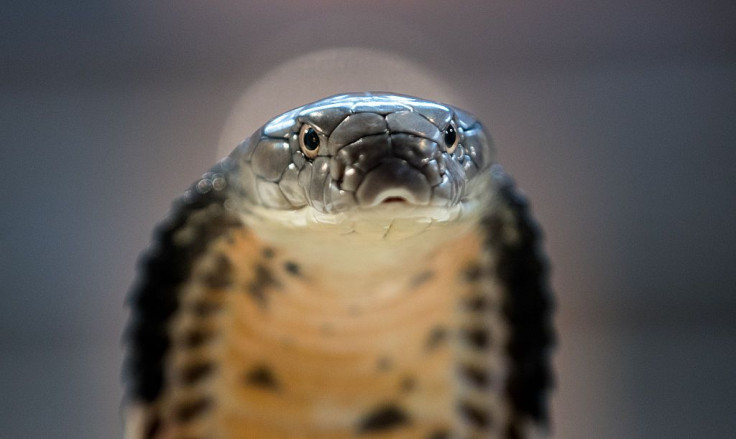A spitting cobra bit a four-year-old boy in the face in South Africa. An antidote helped the child recover in the rural hospital.
The four-year-old Dutch boy's ordeal, which occurred when his parents were on a safari vacation in South Africa, has been exposed by the reconstructive surgeons who handled him when he returned home.
Willem Rinkel of Utrecht University Medical Centre said the boy's case is a warning that pre-pandemic popularity of safaris in Southern Africa "can confront more tourists with the effects of snake bites."
Mozambique spitting cobra rarely kills its victims, an online tabloid claims. But it often blinds them and leaves them with disability and deformity.
The patient's near-complete recovery with the aid of mime therapy, a form of physiotherapy, demonstrated that potentially lethal snake bites could be sustained with only "temporary impairment."
Rinkel's paper, published in the case-study journal JPRAS Open, said the boy was fortunate he was sleeping when the snake bit him.
"[He had] a small wound from a single fang under his right eye. The fact that he was asleep presumably saved his eyes," he said in a local report.
After being rescued by antivenin, the boy flew home. He arrived at Rinkel's hospital with paralyzed right cheek and lower eyelid muscles and a painful swelling 12 days after being bitten.
"A clinical diagnosis of an incomplete facial paralysis caused by snake venom neurotoxins was made, with subsequent fat necrosis and abscess formation," said Rinkel. "Two incisions were made to drain the abscess, which was filled with a milky, sterile fluid."
The cheek was less inflamed but had hardened a week later. The boy had also lost some sensation in his lower eyelid. Meanwhile, the crease in the skin between the bottom of the nose and the corner of the mouth disappeared.
The philtrum, or narrow groove under the nose bridge, had shifted to the left, causing paralysis in the lower eyelid, right upper lip, and "smiling" muscles.
Rinkel and his team started mime therapy, which involves facial massage, breathing and calming methods, mirror exercises to co-ordinate both sides of the face and alleviate excessive muscle contraction, and eye and mouth closure exercises.
"After four months, a significant improvement in facial nerve function was observed," said Rinkel. Seven months after the attack the boy could close his right eye again and smile.
The scar tissue had softened, there were no unwanted muscle contractions, and the asymmetry of the boy's face had subsided 21 months after the bite.
According to Rinkel, cobra venom is extremely poisonous, and the Mozambican spitting cobra usually aimed for their enemies' eyes and was effective up to 3 meters away.
Other snakes, small vertebrates, toads, and lizards are all paralyzed by the venom. He explained that because they eat mice, they are mostly found near homes. "The majority of bite-related literature describes attacks that occur at night, while many of the victims are sleeping.
Nerve regeneration, nerve grafting, nerve transfer, static slings, tendon transfers, and functional muscle transplantation are all surgical options for recovering facial paralysis.

© 2025 Latin Times. All rights reserved. Do not reproduce without permission.







